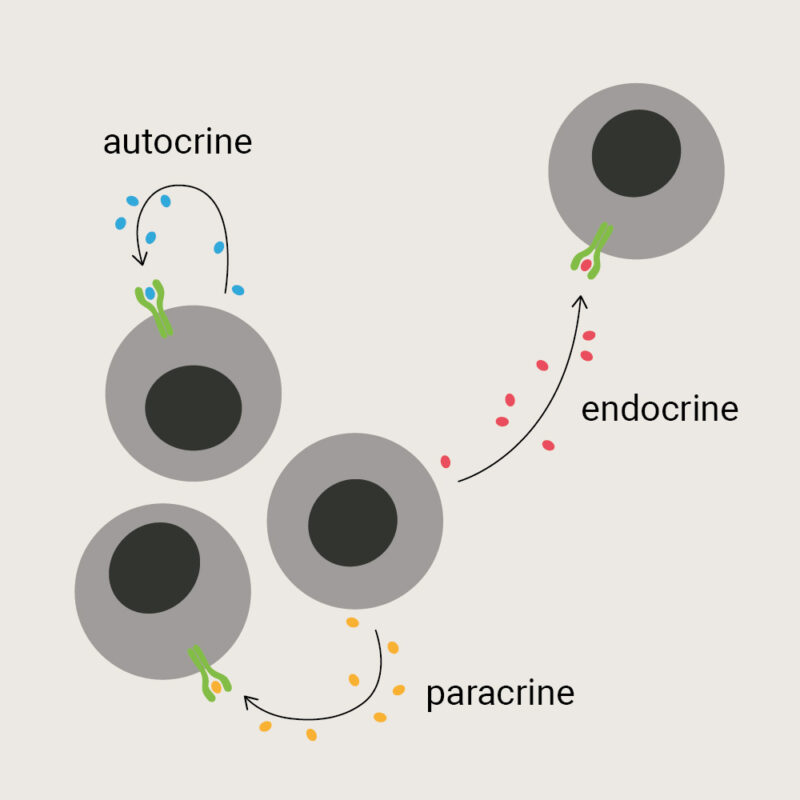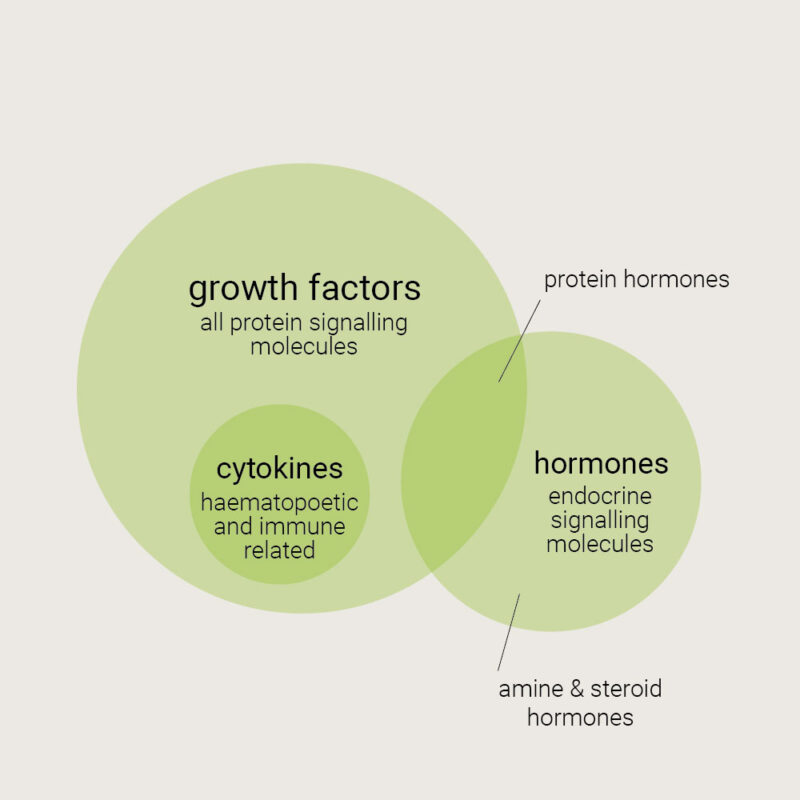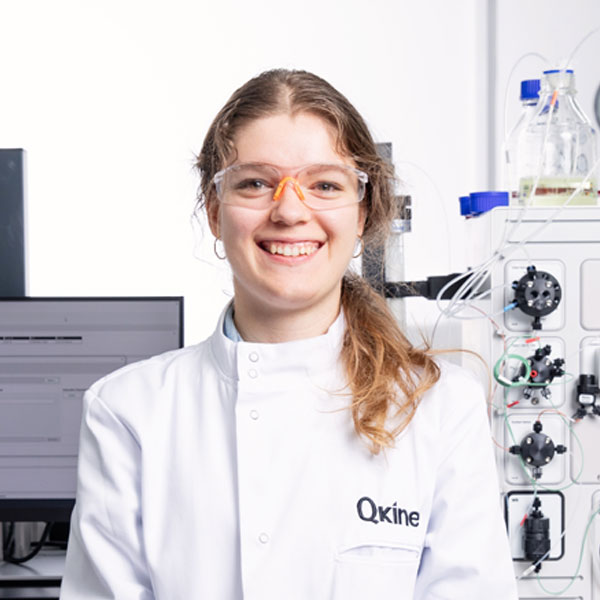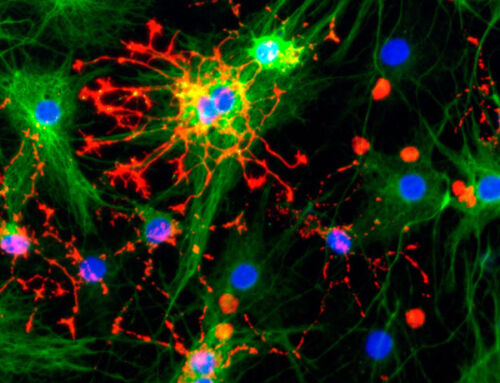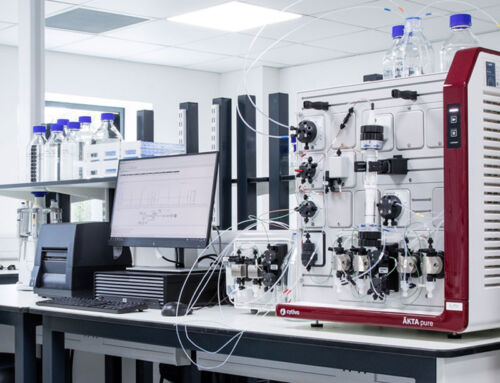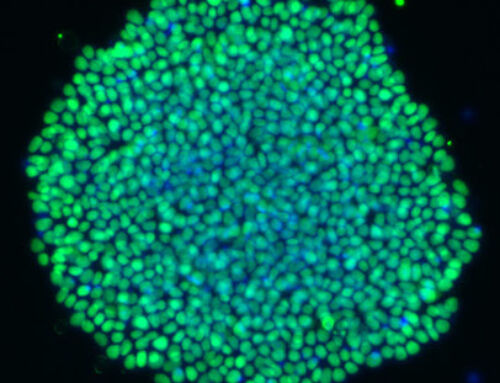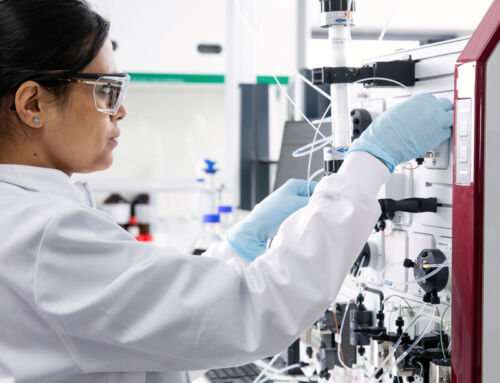Growth factors and cytokines – is there a difference?
Growth factors and cytokines are often used as interchangeable terms to describe the proteins involved with cell signaling. But, what is the difference between growth factors, cytokines and other cell signalers like hormones?

Quick answers
- What are growth factors? The term ‘growth factor’ describes all extracellular regulatory proteins and encompasses cytokines, chemokines, and some hormones.
- What are cytokines? Cytokines were historically a subset of growth factors involved in hematopoietic or immune functions. Now the terms ‘cytokine’ and ‘growth factor’ are used interchangeably.
- Are cytokines growth factors? Yes, all cytokines are growth factors.
- Are hormones growth factors? Protein hormones can be classified as growth factors but amine and steroid hormones cannot.
Growth Factors
Growth factors are proteins secreted by cells to communicate with each other. Although their name implies a positive impact on growth, growth factors can positively and negatively regulate cell proliferation, differentiation, migration/pathfinding, and survival/death. Growth factors exert their effects by binding to specific transmembrane receptors, initiating an intracellular signaling cascade that culminates in both transcription-dependent and transcription-independent changes in the target cell. The target cell can be the same cell that releases the growth factor (autocrine signaling), a neighboring cell (paracrine signaling) or a cell at a distant body site which requires the transport of the growth factor through the circulation (endocrine signaling). The term ‘growth factor’ describes all extracellular regulatory proteins and encompasses cytokines, chemokines, and some hormones.
Cytokines
Cytokines are a subset of growth factors. The term cytokine was initially used to describe signaling proteins associated with hematopoietic or immune cells. But as understanding around the complexities and roles of growth factors has evolved, the terms ‘cytokines’ and ‘growth factors’ have become interchangeable. The most common families of growth factors that are referred to as cytokine are the interleukin (IL), interferon (IFN) and tumor necrosis factor (TNF) families.
Hormones
Hormones are signaling molecules that exert their effects in an endocrine manner. They can be classified as amine hormones (modified amino acids most commonly derived from tyrosine), steroid hormones (derived from cholesterol), and protein hormones. Protein hormones, such as IGF-1, are also classified as growth factors.
Growth factor families, conservation and species-neutral growth factors for cell culture
Growth factors can be sorted into families and super-families based on their sequence similarities. Growth factor super-families contain multiple sub-families, which in turn contain multiple growth factors that are encoded by a distinct gene. The TGFβ superfamily, for example, contains at least 10 subfamilies. One of these subfamilies, the bone morphogenic proteins (BMP’s), is comprised of at least 15 different gene products. As growth factors are ligands for transmembrane receptors, each growth factor superfamily has a corresponding family of related receptors.
Growth factors are often highly conserved between species; the amino acid sequence of Activin A is identical between humans and mice, even after 33 million years of evolution. Growth factors that diverge in their amino acid sequence, may or may not retain their bioactivity across species. The divergence of cellular pathways over millions of years means that proteins with largely homologous amino acid sequences, like mature human and mouse Epidermal Growth Factor (EGF), can’t act across species. In emerging spaces like cultivated meat, where human growth factors are used for bovine, porcine and seafood cell culture, understanding the extent of growth factor functionality and activity across species is vital to optimize the cultivation process.
Recombinant growth factors with altered amino-acid sequences can be classed as ‘species-neutral’ as they are manipulated from the wild-type and demonstrate bioactivity across many species, like Qkine’s FGF2-G3. Amino-acid modifications can also increase the stability and potency of growth factors, meaning less protein is needed and can be used for longer. This is a crucial next step in the scale up of cell culture, offering a way to overcome the massive costs currently restricting commercialization and unlocking the potential of innovative markets like cell and gene therapies, regenerative medicine, cultivated meat and bioartificial devices.
Explore our range of high quality, animal free proteins for your cell culture at Qkine.
